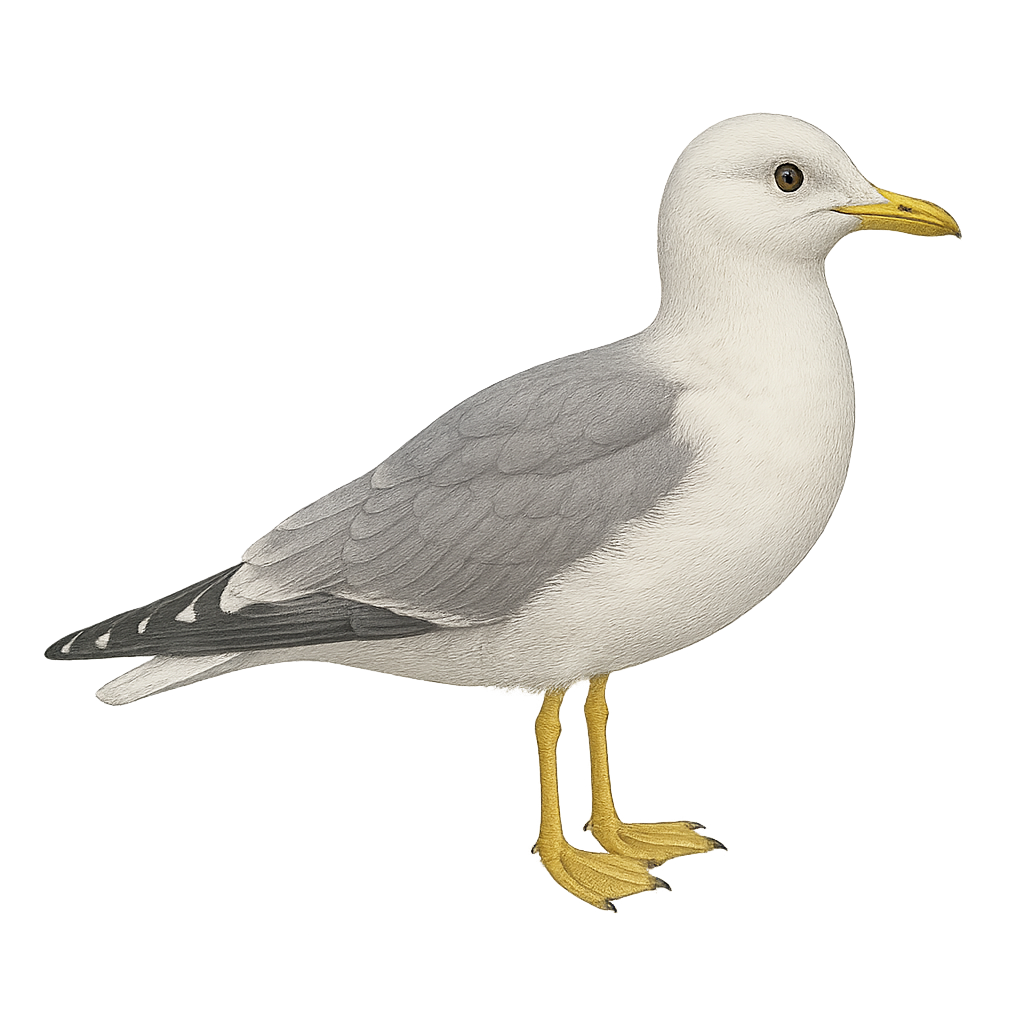Your wildlife photography guide.
Explore the common gull in detail, study its behavior, prepare your shots.
Where to observe and photograph the common gull in the wild
Learn where and when to spot the common gull in the wild, how to identify the species based on distinctive features, and what natural environments it inhabits. The WildlifePhotographer app offers tailored photography tips that reflect the common gull’s behavior, helping you capture better wildlife images. Explore the full species profile for key information including description, habitat, active periods, and approach techniques.
Common Gull
Scientific name: Larus canus

IUCN Status: Least Concern
Family: LARIDAE
Group: Birds
Sensitivity to human approach: Tolerant
Minimum approach distance: 10 m
Courtship display: April to June
Incubation: 23-26 jours
Hatchings: April to July
Habitat:
Coasts, lakes, rivers
Activity period :
Primarily active during the day, with peak activity in the morning and late afternoon.
Identification and description:
The common gull, or Larus canus, is a medium-sized seabird, identifiable by its light grey back and white underparts. Its wings feature a black band with distinctive white spots. The bill is yellow with a greenish tip, and its legs range from green to yellow. It inhabits coasts, lakes, and rivers, often in colonies. An opportunistic feeder, it consumes fish, invertebrates, and human waste. Partially migratory, it moves southward in winter. Its population is stable, though sensitive to environmental changes. The common gull is a social bird, often seen in groups, playing a crucial role in coastal ecosystems.
Recommended lens:
400 mm – adjust based on distance, desired framing (portrait or habitat), and approach conditions.
Photography tips:
To photograph the common gull, aim for the golden hours of morning or evening to benefit from soft, flattering light. Use a telephoto lens of 400mm or more to capture fine details without disturbing the bird. Be patient and wait for it to adopt an interesting posture or interact with its environment. In-flight shots can be spectacular, so don't hesitate to use burst mode to increase your chances of success. Finally, always respect the safety distance to avoid disrupting its natural behavior.
The WildlifePhotographer App is coming soon!
Be the first to explore the best nature spots, track rutting seasons, log your observations, and observe more wildlife.
Already 1 430 wildlife lovers subscribed worldwide

